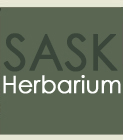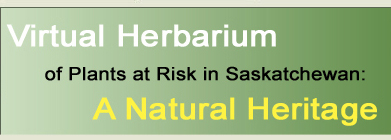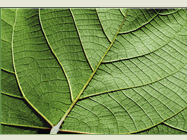
|

|

|

|

|

|

|
|
|
|
|
|
| Draba breweri var. cana (Rydb.) Rollins | Species Image Gallery (opens in a new window) |
||||||||||||||||||||||||||||||||
| TAXONOMY | |||||||||||||||||||||||||||||||||
| Family: | Brassicaceae | ||||||||||||||||||||||||||||||||
| Genus: | Draba | ||||||||||||||||||||||||||||||||
| Species Synonyms: | Draba cana Rydb. Draba lanceolata auct. non Royle Draba stylaris J. Gay ex W.D.J. Koch |
||||||||||||||||||||||||||||||||
| Common Names: | lanceleaf draba hoary whitlowgrass lanceolate draba hoary whitlow grass |
||||||||||||||||||||||||||||||||
| DISTRIBUTION | |||||||||||||||||||||||||||||||||
| Canada: | Yukon Territory - Mackenzie District (Northwest Territories) - Hudson Bay - Labrador, south to British Columbia - Alberta - northern Saskatchewan - southern Ontario - Quebec | ||||||||||||||||||||||||||||||||
| Saskatchewan: | northern Saskatchewan; Lake Athabasca to Hasbala Lake | ||||||||||||||||||||||||||||||||
| Ecoregion: | Tazin Lake Upland, Selwyn Lake Upland | ||||||||||||||||||||||||||||||||
| HABITAT | |||||||||||||||||||||||||||||||||
| Saskatchewan: | calcareous cliffs and outcrops | ||||||||||||||||||||||||||||||||
| RARITY STATUS | |||||||||||||||||||||||||||||||||
| Provincial
Status According to Harms (2003): |
Threatened |
||||||||||||||||||||||||||||||||
| Nature Conservancy Status: | G5 S1 |
||||||||||||||||||||||||||||||||
| Saskatchewan
Species at Risk Status: |
None |
||||||||||||||||||||||||||||||||
| COSEWIC Status: | None |
||||||||||||||||||||||||||||||||
| Lanceleaf draba is threatened in Saskatchewan because it is rare and population sizes vary. This species is likely frequently overlooked, especially when not in flower. | |||||||||||||||||||||||||||||||||
| SPECIES DESCRIPTION | |||||||||||||||||||||||||||||||||
| Height: | 10 – 30 cm | ||||||||||||||||||||||||||||||||
| Roots: | taproot | ||||||||||||||||||||||||||||||||
| Stems: | stem base woody, simple or branching; stems perennial, 1 – several, tufted, ascending or erect, simple or branched, thin, green-gray to purple, hairs star-shaped, forked and simple | ||||||||||||||||||||||||||||||||
| Leaves: | basal and on the stem; basal rosette dense, leaves 5 – 20 mm long, 2 – 8 mm wide, narrowly spoon-shaped, layer of star-shaped hairs, margin entire or very sparsely toothed; stem leaves usually 5 – 8, at least halfway up the stem, alternate, sessile, 5 – 20 mm long, elliptic to oval, layer of star-shaped hairs, margin entire to very sparsely toothed | ||||||||||||||||||||||||||||||||
| Inflorescence: | unbranched, often leafy bracted at base, about half the length of the stem in fruit; 10 – 50 flowers; stalks < 2 times the length of the pod | ||||||||||||||||||||||||||||||||
| Flowers: | sepals about 2 mm long, long-hairy; petals 3 – 5 mm long, cross-shaped, white; style 0.4 – 1.0 mm | ||||||||||||||||||||||||||||||||
| Fruits: | pods 6 – 14 mm long, 1.5 – 2 mm wide, narrowly lance-shaped, twisted at maturity, hairs star-shaped; stalks ascending in fruit; seeds 20 – 48 in two rows, reddish brown | ||||||||||||||||||||||||||||||||
| |||||||||||||||||||||||||||||||||